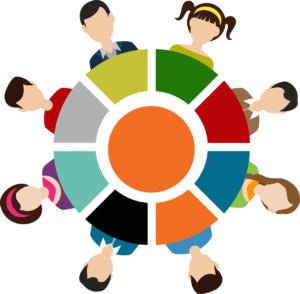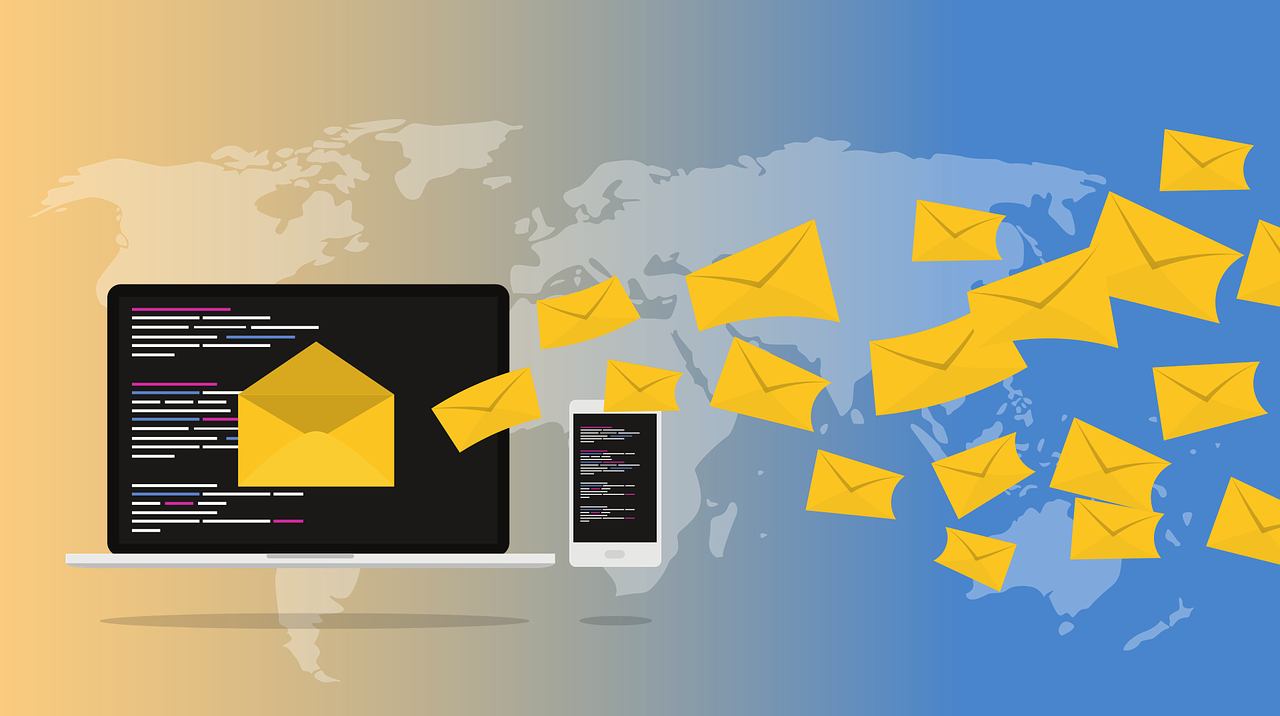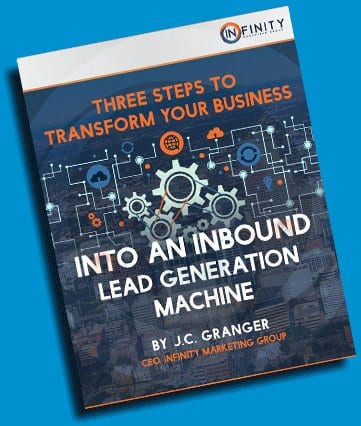A common problem that many businesses, big and small, grapple with is how often they should be emailing their customers. When does it become one too many emails?
You don’t want to annoy customers and unwittingly make them unsubscribe from your email list. On the other hand, you don’t want to let your customers disengage or go so long without communication that they end up forgetting about your products or brand.
The key to email marketing that every business needs to evaluate for itself is its successful email cadence (another term for email frequency). You can find the “sweet spot” for your business by using metrics to judge how your email marketing campaigns perform, basing frequency on customer lifecycle, and segmenting your subscriber list.
This all helps you determine the perfect number of emails you can send per week on average to maximize conversions without losing subscribers.
Common Metrics for Email Marketing
Email marketing involves campaigns that are sent out in bulk to your subscribers. These are different from the automated emails that customers receive when they make a purchase, such as order confirmation or notifications about an abandoned cart.
Email marketing is tailored, triggered messaging that is sent to specific subscribers on your email list—not everyone. The content that goes into your campaigns will be carefully selected or even personalized. 
A successful email marketing campaign involves more than simply preventing customers from unsubscribing. You can measure the performance of your campaign using two common metrics:
- Open rate, which is essentially the number of people who opened a specific email, out of the total number of subscribers who received that email.
- Click rate, also known as click-through rate. This measures how many people clicked on the links within your email—through an image, hyperlink, or call to action (CTA). To calculate your click rate, divide the total number of clicks a specific email gets by the total number of subscribers who received that email.
Other important metrics include how many sales your email campaign generates and your unsubscribe rate. Keep in mind that typically your email marketing strategy won’t be determined by one metric alone, but rather by several of them.
How Often to Send Emails
A good rule of thumb for email cadence, in any industry, is that as you increase email frequency you’ll begin to follow a curve of diminishing returns—studies have shown that a high number of emails is the #1 reason why people unsubscribe.
What this means is that at some point, you’ll send too many emails and your customers will disengage. The key is to figure out what that point is for your business.
Generally, people do not like daily emails. But how many messages per week is too much? According to Smart Insights, the average sweet spot for companies tends to be 1-2 emails per week.
To determine your business’s optimal frequency, you can run tests to find the best number. Split your email list into three groups:
- One is a control that will receive two emails per week.
- One is a test group that gets one email per week.
- The last is a test group that gets three or more.
Send emails over several weeks and analyze which number tends to generate the metrics you need.
A great way to get started is to identify the specific goals you are aiming for. Are you trying to boost your open rate? Do you need to enhance traffic to your website? Your goals will determine the specific metrics you use and how you’ll consider an email campaign to be successful.
What’s considered a “good” open rate or click-through rate, anyway? According to Mailchimp, the average open rate for all industries is 21.33% and the average click rate for all industries is 2.62%.
You can also find the averages for your specific industry. These averages provide a helpful baseline for you to aim for.
Need help refining your email marketing strategy? Infinity Marketing Group specializes in running B2B email campaigns. Our team of email experts creates campaigns that grow your email list and increase conversions. Interested in learning more? Check out their Email Marketing Service now.
Basing Email Marketing Frequency on Customer Lifecycle
An important factor to consider when adjusting your email cadence is the typical lifecycle, or purchase cycle, of your customers. If your customers don’t make purchases that often, inundating them with constant emails will likely cause them to unsubscribe. If your customers make frequent purchases, you can send more emails to retain their attention and engagement, without as much risk.
For example, fashion brands have a quick customer lifecycle because clothing is very frequently purchased. Clothing companies can get away with sending emails several times a week.

Other industries, such as technology, have a much shorter customer lifecycle. Tech companies need less email frequency and should try not to inundate their subscribers with emails.
Generally, the customer lifecycle goes through five stages, from before to after someone completes a final purchase:
- Reach; during the first phase, you develop an awareness of your brand with potential consumers.
- Acquisition; you contact customers directly with relevant messaging so they fully understand your brand and what you have to offer.
- Develop; after the first purchase is completed, you develop a relationship with the customer by keeping in constant contact.
- Retention; customers return and purchase again as you satisfy their needs and continually send relevant messaging.
- Advocacy and loyalty; over time your customers will tell their network, friends, and family about your services or products. They become brand advocates as they continue to make their own purchases.
Segmenting Your Subscribers
Once you’ve identified your customers’ lifecycle, the next step is to segment your subscribers.
Not every customer is the same—people will respond to email campaigns for different reasons, so tapping into these reasons can help your campaigns be successful. Give customers a personalized experience of your brand by delivering emails that are tailored to their needs and interests, or even their engagement level.
For example, most subscribers won’t open every single email you send—but that doesn’t mean they’re not interested in your brand. They may have less time to read emails, prefer top offers, or only purchased something from your website as a gift. They’ll still engage, just not as often. Unfortunately, if you don’t segment your email list, these types of subscribers will bring down your overall rates.
It’s possible to tailor your marketing campaigns so you can send different emails to different customers. Many email platforms make it easy to manually segment customers based on certain factors. Or, you can use an algorithm to complete this for you.
By segmenting your list, you’ll be able to send those top offers to targeted customers or slow the email frequency down specifically for the subscribers who don’t look at your emails very often. All of this depends on the collection of data and careful analysis, so be sure to monitor your campaigns.
Tips to Boost Engagement with Emails
As you adjust your email marketing frequency and figure out what’s right for your business, there are more things you can do to help ensure its success. It’s important to maintain your relationship with your subscribers, and aim to turn them into long-term, loyal customers.
Increasing engagement with the emails you send can make all the difference and bring those open and click-through rates you’re looking for. In this case, it’s all about quality content.
Email Subject Lines
An attention-grabbing subject line increases the chances of your email being opened in the first place. For your subject lines, create a sense of urgency, ask your subscribers a question, or give them a special offer. In the content of your email, include a strong CTA to follow up on your subject line and further motivate customers to take action by clicking on the email.
Personalized Promotions
You can also personalize promotions and offer content based on a customer’s previous purchases. Depending on your industry, this may not simply be a suggestion to buy a product again. You might offer helpful hints for getting the most out of the software they purchased, or highlight an important upgrade so your customers have the best and newest versions of their tech.
If it’s their very first purchase from you, start by sending an engaging welcoming email. This establishes a good relationship right off the bat and gives you an opportunity to introduce what type of emails they can expect, increasing chances of engagement in the future.
Email Marketing Best Practices

As you get started with email marketing or adjust the email cadence you have already established, here are some things to keep in mind:
- Remember that the number one reason customers unsubscribe is because they’ve received too many emails.
- For most businesses, sending 1-2 emails a week is ideal. This is an especially helpful baseline if you are just getting started.
- Communicate your intentions with customers as early as possible. They should know what they’re signing up for—are you going to send monthly newsletters? Do you host weekly webinars? If this is clear from the beginning, the number of emails won’t be as surprising—or annoying—to your subscribers.
- Personalization is often the key to engagement. Even addressing the subscriber by name can make a huge difference in whether your emails are opened or clicked through.
- Since the best average number of emails per week for your business depends on a number of factors, make peace with the fact that it may take a while for you to find that successful email marketing frequency.
Ready to Improve your Email Strategy?
It is possible for every business to find its sweet spot when it comes to email marketing frequency. Once you’ve analyzed the performances of your email marketing campaigns and settled on your perfect number, stay up to date not only with changing technologies but also with your customers and their needs.
Your email cadence may need to change over time—or you may be able to hone the exact number down further with new analytics. What works once may not work forever, so keep monitoring your campaigns and their results, and keep collecting data so you can improve your email marketing in the future.
Need help developing your company’s email marketing strategy? Contact us today at info@infinitymgroup.com or call us at (303) 834-7344





